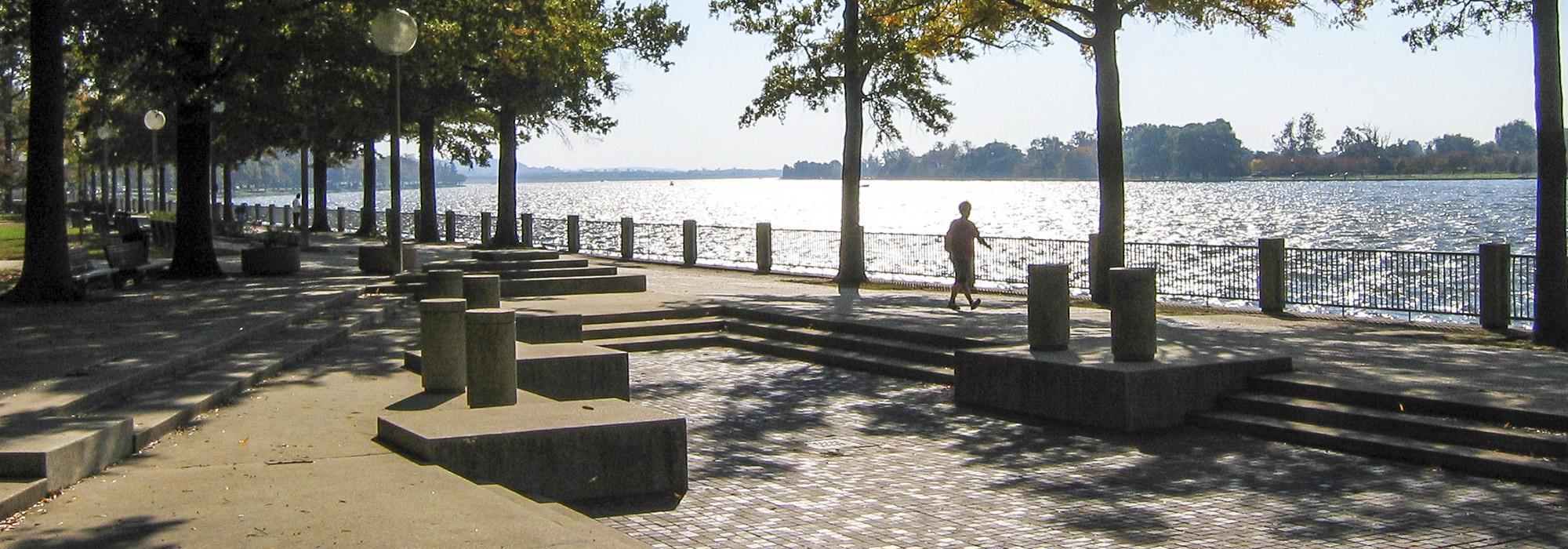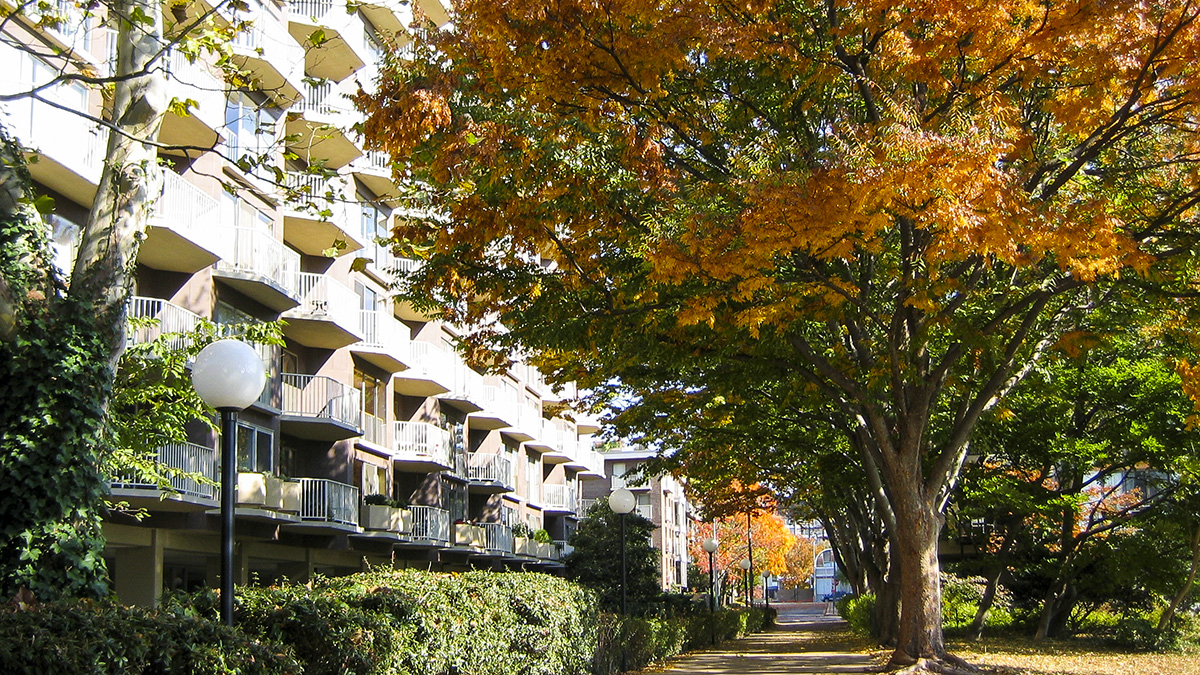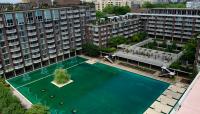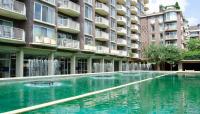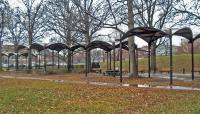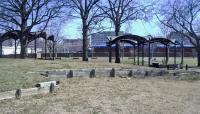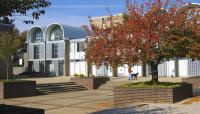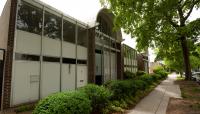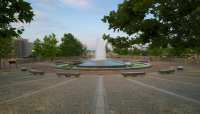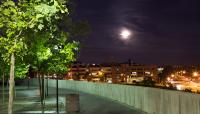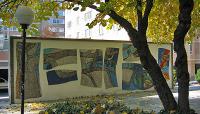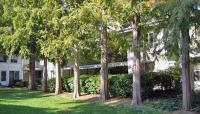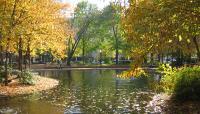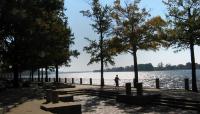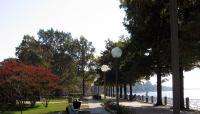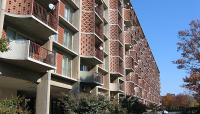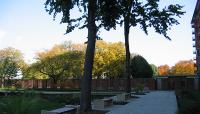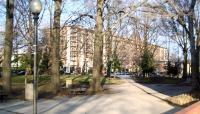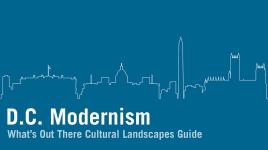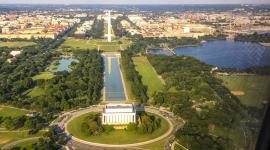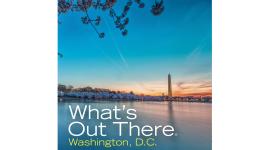The Southwest Urban Renewal Plan was one of the first post-World War II large scale urban renewal efforts in the nation. The effort began with the Redevelopment Act of 1945, which created the D.C. Redevelopment Land Agency (RLA). In 1950, the National Capital Park and Planning Commission (NCPPC) published a Comprehensive Plan, which identifies the southwest as a "problem area" in need of redevelopment. The Plan evaluated conditions the city and proposed areas in the southwest, northeast, and southeast sectors for potential urban renewal. After much discussion on which area should be first, southwest was selected because of its visibility to Capitol Hill and living conditions there were deemed worse than in the other sectors. Urban renewal would ultimately displace approximately 1,500 businesses and 23,000 residents.
The RLA prepared a report that laid out the land use and development concept for “Area C,” a 600- acre area bounded by Independence Ave, the Washington Channel, South Capitol Street and 12 Street SW. The plan’s vision had four components:
Tenth Street Mall
Flanked by stately government buildings, the Mall “provides a logical and desired entranceway from the Great Mall into the Southwest area... terminates in a circular overlook providing motorists or pedestrians a grand view of the waterfront and residential Southwest Washington This entrance to Southwest Washington is the " key " ' to the redevelopment of the area.
The Plaza is a “nineteen and one - half acre area opening off of the east side of the Tenth Street Mall...designed to provide space for what has been a long - felt need in the National Capital, a unified cultural and entertainment center ...”
The Waterfront
“At present most of this marine activity is cramped into too small a space, spilling out across Maine Avenue. The plan seeks to offset this by curving Maine Avenue to provide space for new, well- designed marine commercial uses. At the same time, the land side of Maine Avenue will make a park area directing the attention of the passerby to the waterfront while providing amenity to the residences abutting the parks ...”
Residential Neighborhood and Town Center
“The final element -- and the ultimate justification for the redevelopment of Southwest Washington -- is the residential neighborhood and Town Center. The present proposal for Area C... will create an area of homes, shopping, schools, parks, churches... all that is necessary to meet the needs of the people residing in the Southwest Area...two basic types of housing are proposed elevator apartments and town houses ... Each apartment house will contain roughly 230 units. The total number cannot exceed 1400...The Town Center provides an area common to the whole community and forms a link between the several sections ...the four churches, parks, library and other common facilities provide the basis for the concept of " town center " ...It is the core area for all community activities, and the design reflects the scope of separate and interrelated activity.”
The RLA began property acquisition in 1953 with most of the designated area redeveloped according to the plan by 1970. The results: approximately 5,800 rental, cooperatives, and condo units,13,000 residents, an urban shopping center, a revived waterfront, a Federal employment center, a public plaza and promenade, highways, a theater, and community facilities.
Some of the most prominent local and national modernist architects and landscape architects designed the residential complexes, government buildings, waterfront parks, plazas and promenade.



